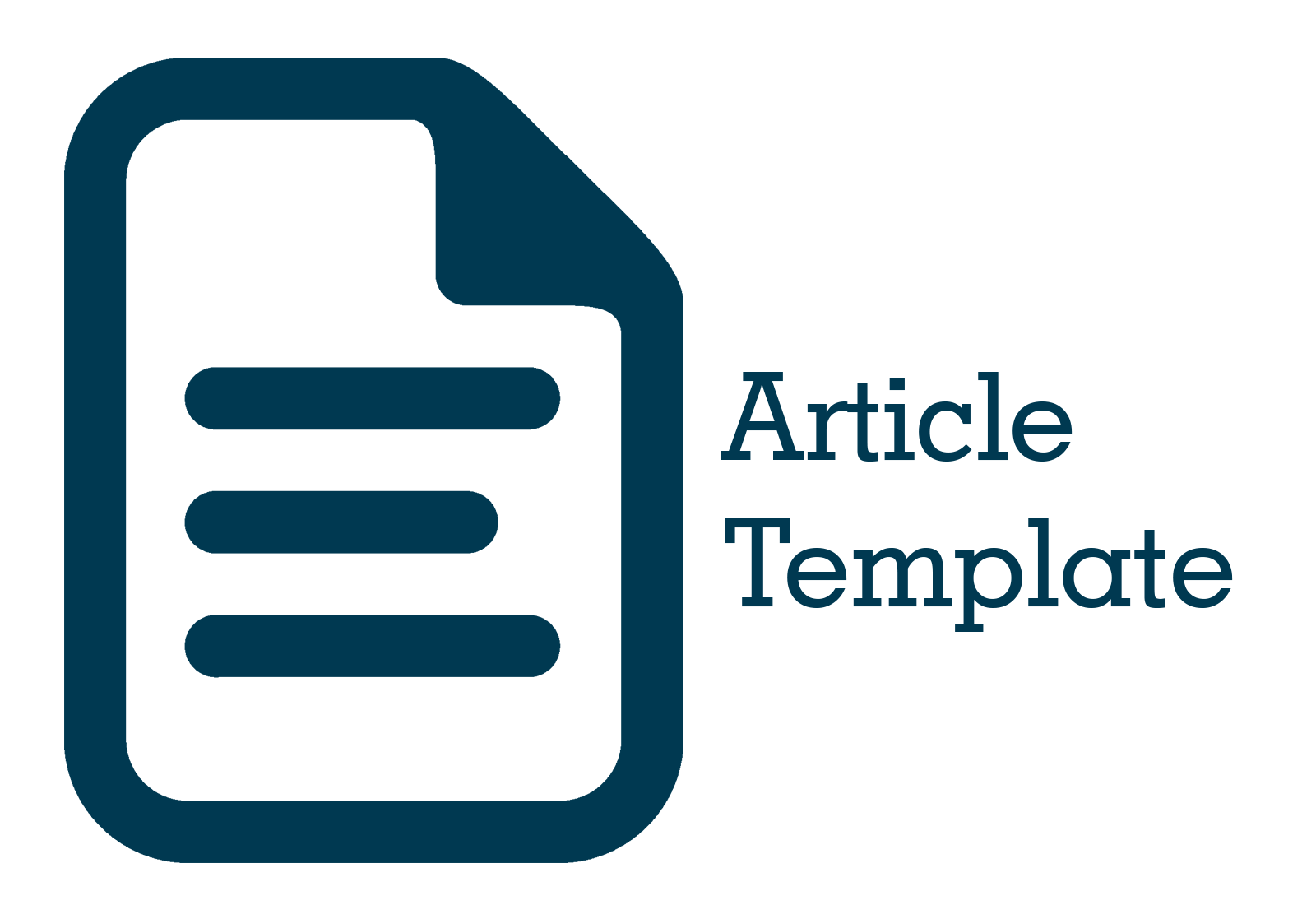A Systematic Review of Bank Health Assessment: Comparative Analysis of CAMEL and RGEC Methodologies
Keywords:
Bank Health Assessment, CAMEL, RGEC, Systematic Literature Review, Financial Stability, Financial PerformanceAbstract
Bank health assessment is a vital aspect of financial research, providing information on the financial performance and stability of banking institutions. This systematic literature review focuses on comparing two methods of bank health assessment: CAMEL and RGEC. In a dynamic financial environment with ever-changing regulations, understanding the effectiveness of these two assessment tools is crucial. Although many studies have discussed these methods at both macro and micro levels, systematic literature review studies comparing the two are still very limited. This research aims to fill this gap by conducting a critical review of the literature to integrate insights and identify bank health assessment patterns from both approaches. The primary objective of this study is to evaluate and compare the effectiveness of CAMEL and RGEC in assessing bank health. Using a systematic approach, this methodology encompasses a large body of relevant literature through a comprehensive review. The main findings provide an overview of the strengths and weaknesses of each methodology, offering valuable information for researchers, practitioners, and financial actors. The novelty of this research lies in the comprehensive SLR approach in comparing the effectiveness of bank health assessments using the CAMEL (Capital Adequacy, Asset Quality, Management Quality, Earnings Quality, and Liquidity) and RGEC (Risk Profile, Good Corporate Governance, Earnings Quality, and Capital Adequacy) methods. Although many studies have separately discussed these methods, there has not yet been an SLR study that directly compares the two. This research is important for practitioners, regulators, and future research directions, contributing to the discourse on improving and refining bank health assessment methodologies. In addition to its academic relevance, this review has practical implications for financial institutions and governments, contributing to more stable and accurate assessments of bank conditions in a dynamic financial environment. The implications of this research are not limited to the academic world but also provide valuable information for practitioners and policymakers.
References
Bikker, J. A. (2010). Measuring performance of banks: An assessment. Journal of Applied Business and Economics, 11(4), 141–159.
Hewaidy, A. M., Elshamy, M. A., & Kayed, M. A. (2020). Bank Performance and the Association Between Accounting Income and the CAMEL Framework: Evidence from Kuwait. Journal of Accounting and Finance, 20(3), 73–85. https://doi.org/10.33423/jaf.v20i3.3010
Ishaq, A. B., Karim, A., Ahmed, S., & Zaheer, A. (2016). Evaluating performance of commercial banks in Pakistan: An application of CAMEL model. Journal of Business & Financial Affairs, 5(1), 1–30. https://doi.org/10.2139/ssrn.2716691
Kumari, I. G. S. (2017). A study on the financial performance of foreign commercial banks in Sri Lanka: An application of camel rating system. Economics, Commerce and Trade Management: An International Journal (ECTIJ), 1(1), 59–70.
Nazir, T., & Sangmi, M. (2010). Analyzing financial performance of commercial banks in India: An application of CAMEL model. Pakistan Journal of Commerce and Social Sciences, 4(1), 40–55.
Nouaili, M., Abaoub, E., & Ochi, A. (2015). The determinants of banking performance in front of financial changes: Case of trade banks in Tunisia. International Journal of Economics and Financial Issues, 5(2), 410–417.
Nsengiyumva, J. (2016). Does Government Ownership Negatively Affect Soundness of Banks? New Evidence. International Review of Management and Business Research, 5(3), 743–765.
Pekkaya, M., & Demir, F. E. (2018). Determining the Priorities of CAMELS Dimensions Based on Bank Performance. In Dincer, H., Hacioglu, Ü., & Yüksel, S. (Eds.), Global Approaches in Financial Economics, Banking, and Finance. Cham: Springer. https://doi.org/10.1007/978-3-319-78494-6_21
Ping, K. G., & Kusairi, S. (2020). Analysis of CAMEL Framework in Banking Performance. Copernican Journal of Finance & Accounting, 9(3), 21-33.
Puspitasari, D., & Dinuka, V. (2023). Analysis of Bank Health Level Assessment Using the RGEC Method Before and During the Covid-19 Pandemic. Accounting Analysis Journal, 11(2). https://doi.org/10.15294/aaj.v11i2.59677 (Journal Unnes)
Santoso, W., & Herbert, G. (2020). Bank health examination with camel approach to achieve competitive advantage: a case study in Bank National Nobu, Tbk. International Journal of Research and Analytical Reviews, 7(4), 542–549.
Zarrouk, H., Nouaili, M., & Boujelbene, Y. (2016). Determinants of bank performance in a developing country: Evidence from Tunisia. Journal of Financial Regulation and Compliance, 24(2), 144–159.
Downloads
Published
Issue
Section
License
Copyright (c) 2024 Ismaulina (Author)

This work is licensed under a Creative Commons Attribution 4.0 International License.


